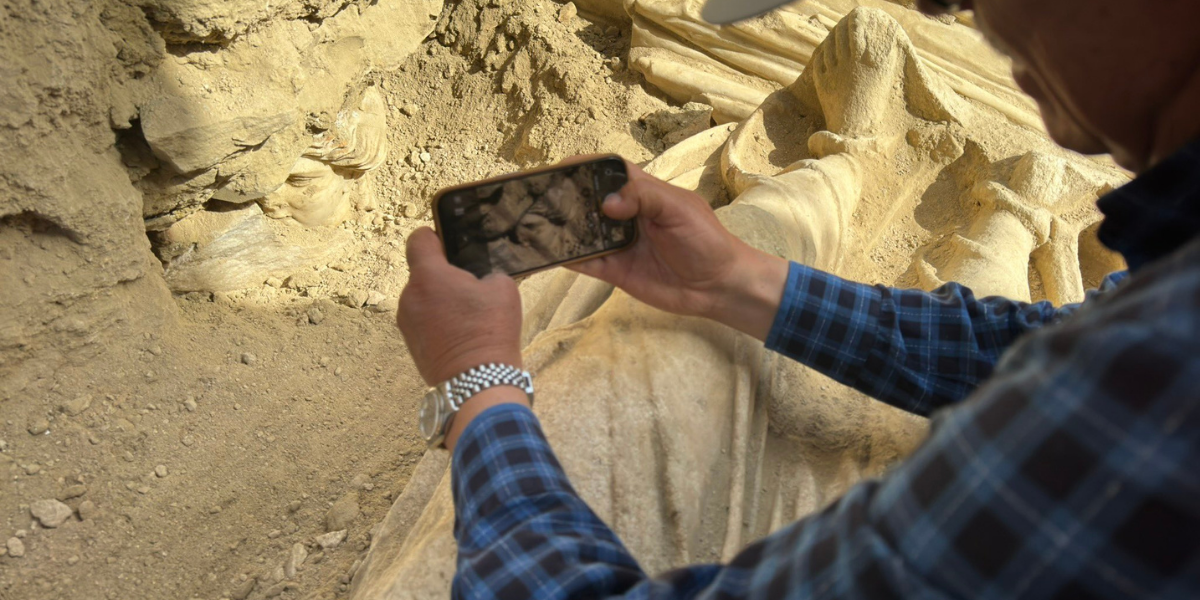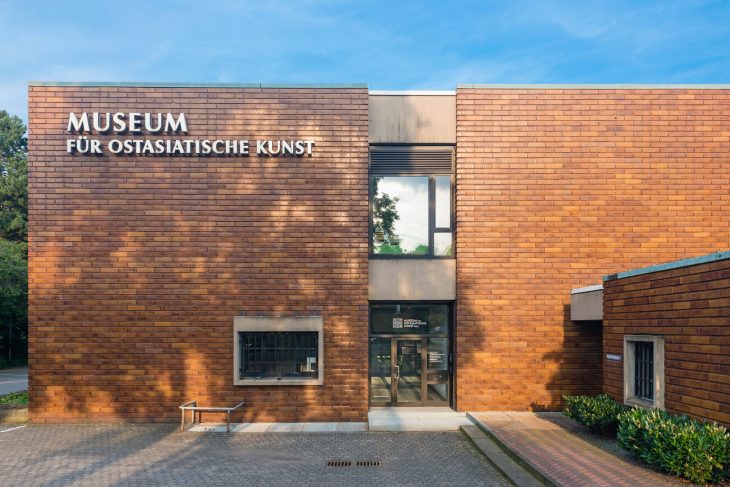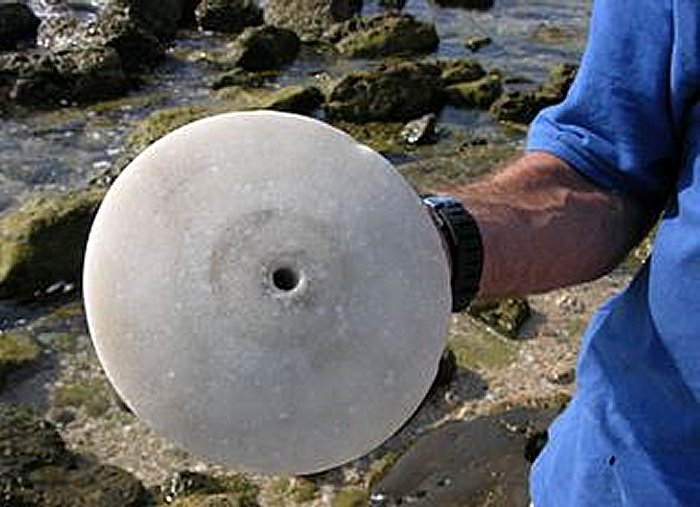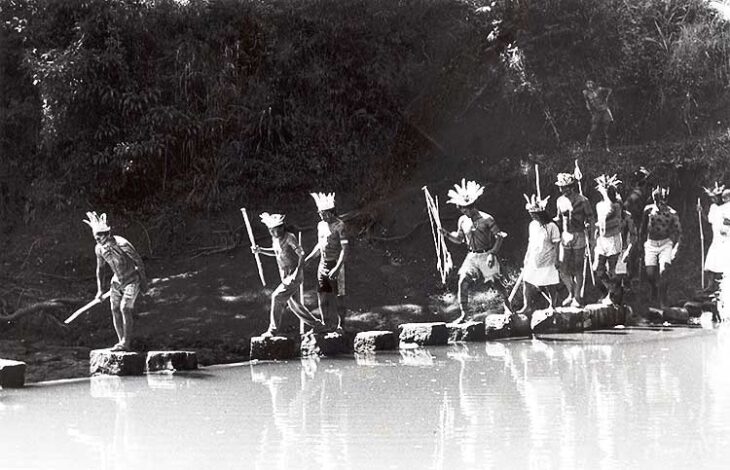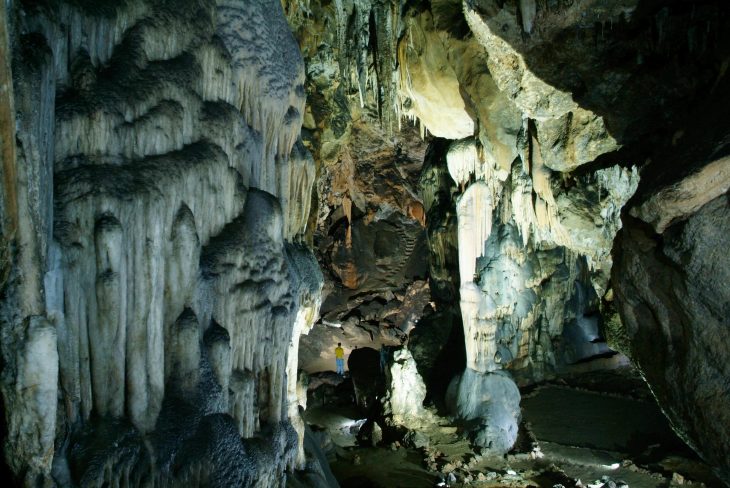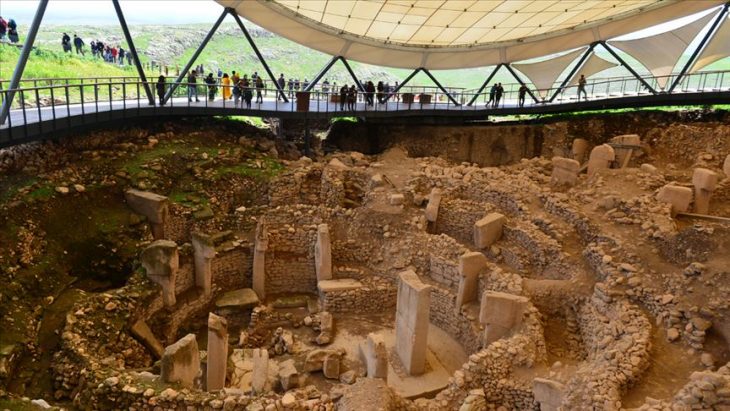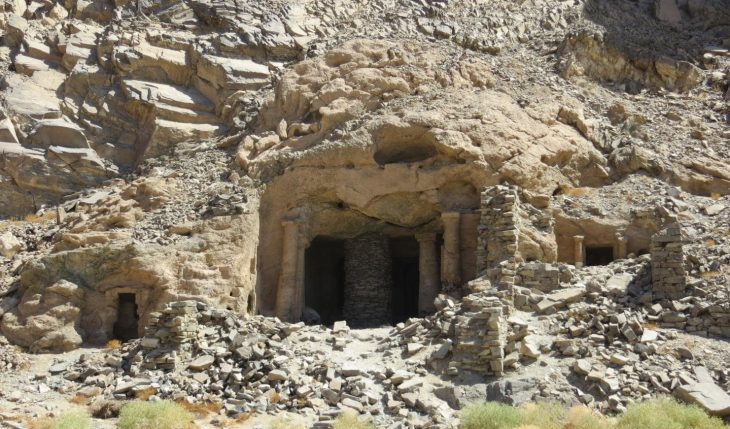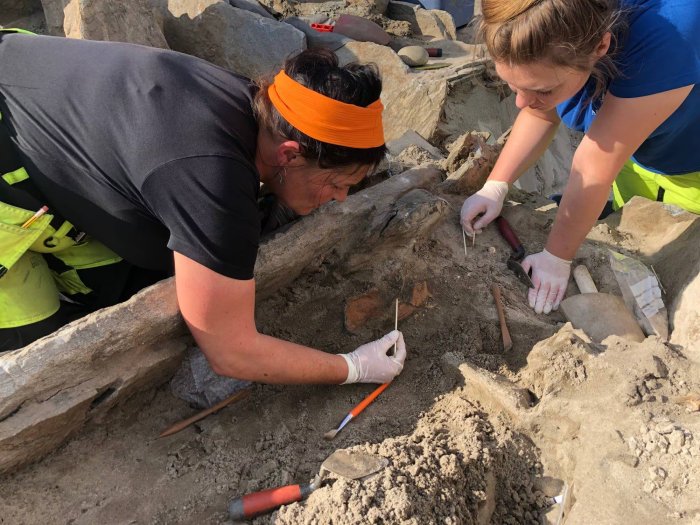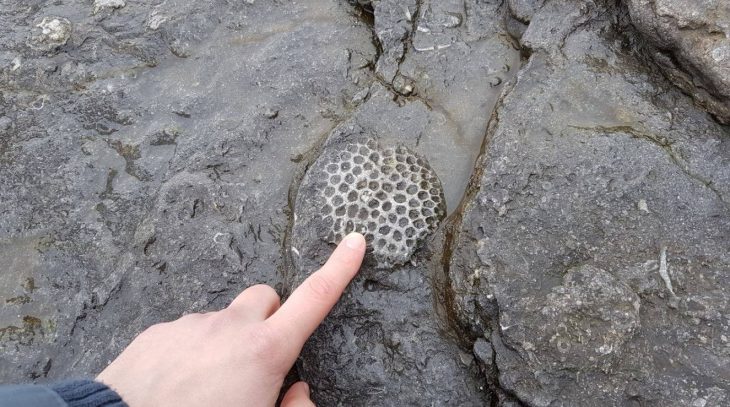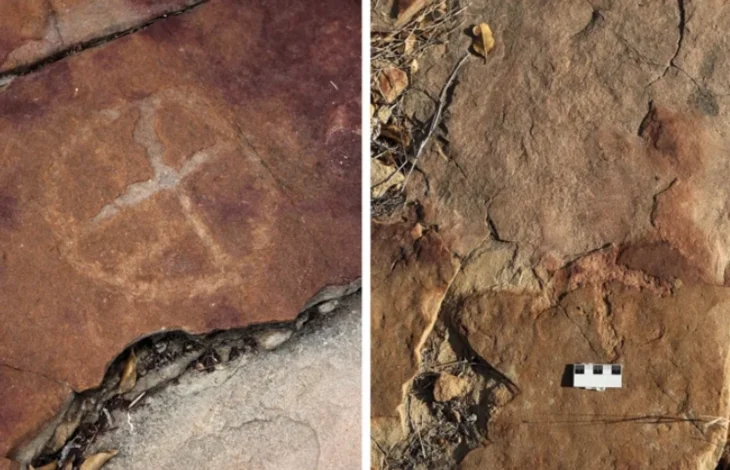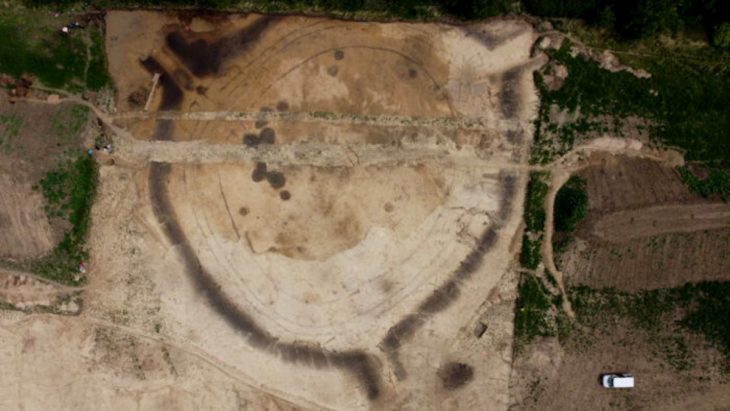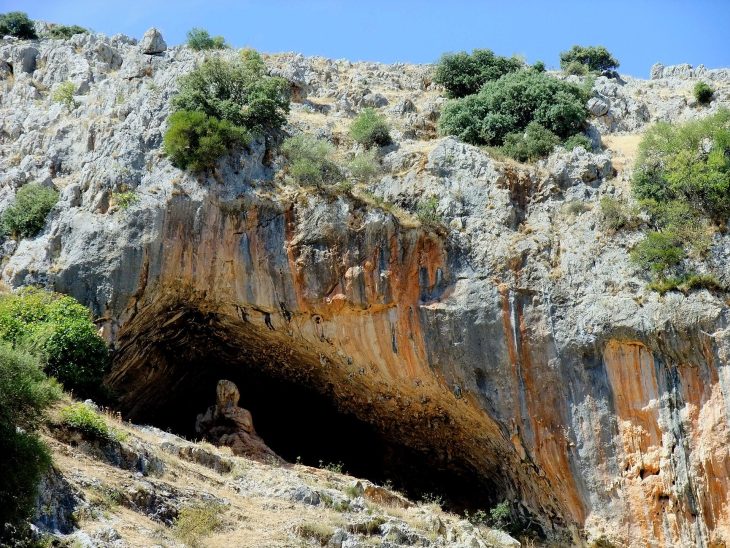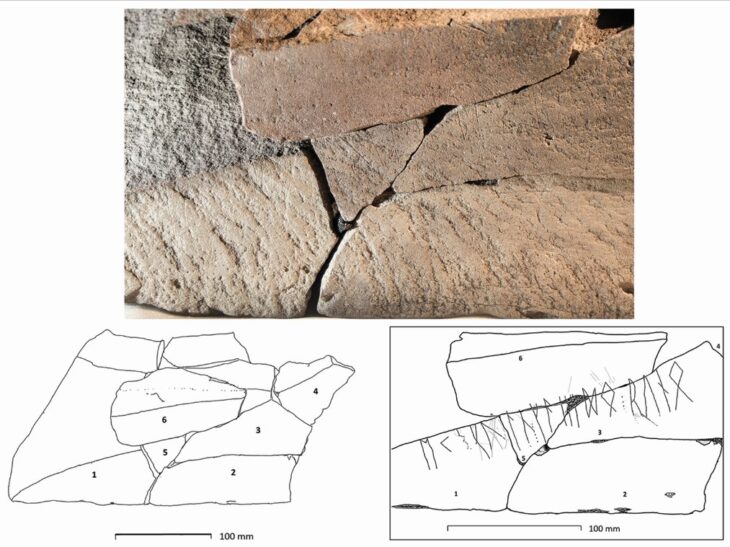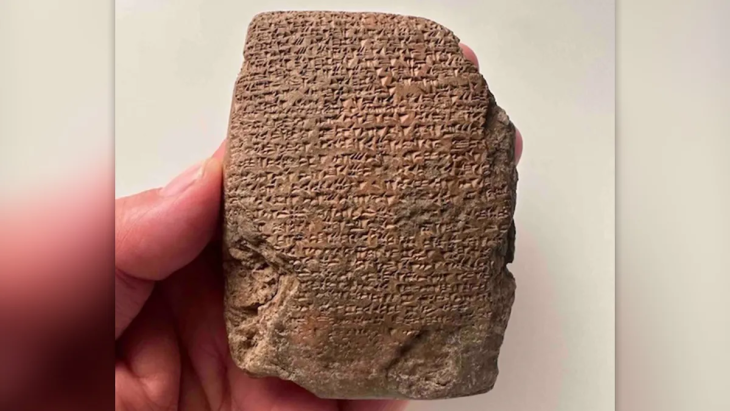A 2100-year-old statue head of the Hygieia (Health) Goddess was found during the excavations in the ancient city of Laodikeia in Pamukkale, Denizli, southwestern Türkiye.
Laodikeia is situated in a geographical location on the south side of the Lycus River, 6 km north of Denizli. Laodikeia was the most famous and influential city in the 1st century B.C. The remains of the city are dated from this era.
The city was called ”Laodikeia on the edge of the Lycus” in ancient sources. According to other ancient sources, the city was founded by Antiochus II in 263-261 BC and named after Antiochos’ wife. The Romans made the city the center of Kybira’s conventus (Golhisar-Horzum) because of the geographical setting.
It encompasses the largest stadium in Anatolia, two theaters, four baths, five agoras, five fountains (nymphaeums), long colonnaded streets, impressive temples, and a myriad of churches and basilicas.
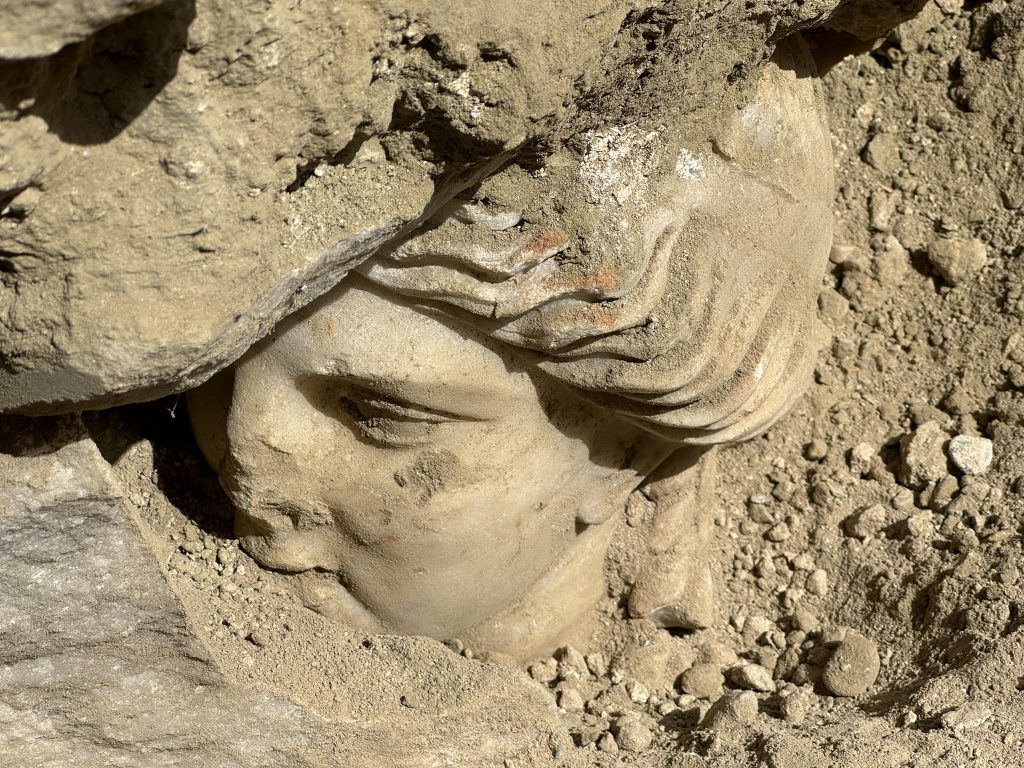
Earthquakes often plagued the town, and in 494 AD, a massive quake severely crippled the city. A further earthquake between 602-610 and an increasing threat from Arab raids led to the eventual abandonment of the city.
The excavations in the ancient city of Laodikeia are under the supervision of Pamukkale University Archaeology Department lecturer Prof. Dr. Celal Şimşek continues under the presidency.
Celal Şimşek shared the unearthing of the statue head after 2100 years on his social media X account with the note “The meeting of the Sun and Hygieia with us in Laodicea after 2,100 years”.
Hygeia was the ancient Greek goddess of health. She gave her name to the philosophy of hygiene. Hygeia was a young goddess, daughter and chief attendant to Asklepios, the god of medicine. She was in charge of cleanliness and how to live a long life (preventive medicine).
In classical sculpture she was often shown holding or feeding a large snake (the symbol of Asklepion medicine) in her arms. Statues of Hygeia were erected in all the major healing centres sited in the temples of Asklepios. Her primary temples were in Epidaurus, Corinth, Cos and Pergamon.
The Department of Excavations and Research shared photographs of the statue head found.
Cover Photo: Prof. Dr. Celal Şimşek

